We have done self-drive in many countries, such as Japan x4 times, Thailand x 3 times, Malaysia, Australia, the UK and US, and Taiwan.

Driving with a rental car in South Korea is our first time but we visited South Korea a few times by bus only before that.
The driver seat is on the left-hand side in South Korea, just like in Taiwan and US. All commonwealth countries and Thailand has the driver’s seat on it right.
After exploring many places with car rental, I strongly suggest you explore South Korea with a car too. If you are visiting Seoul only, then it is better not to drive because of the heavy traffic in Seoul. Seoul is never a good idea to drive around.
If you are like us and love to explore the unbeaten path of South Korea, then driving is a great choice. Family who has elderly and young children would benefit from self-drive.
Self-drive in South Korea is a popular way to explore the country’s diverse landscapes, vibrant cities, and cultural attractions at your own pace. In fact, I was quite surprised it has a well-developed road infrastructure, making it convenient and accessible for travelers. Most of the highways in South Korea are newer than those in Japan highways. We just did a self-drive in Kansai Japan a few months back. So we could compare.
Here are some key points to know about self-driving in South Korea:
Driver’s License:
To drive in South Korea, you need an International Driving Permit (IDP) and a valid driver’s license issued by your home country. The IDP must be obtained before your trip, as it cannot be issued or renewed in South Korea.

Road Conditions:
South Korea’s roads are generally well-maintained and signposted in both Korean and English. The highways are known for their quality, while rural roads may be narrower and winding. Traffic congestion can be expected in major cities during peak hours.
Navigation:
GPS navigation systems are widely available for rent in South Korea, and most of them come with English language options. You can also use smartphone apps like Naver Maps, Google Maps is not working in South Korea, so download Naver Maps.

Rental Cars:
Renting a car is straightforward in South Korea, with numerous international and local car rental companies operating in major cities and airports. We booked our car online and get it at Incheon Airport and immediately drive to the outskirts, not going near Seoul city.
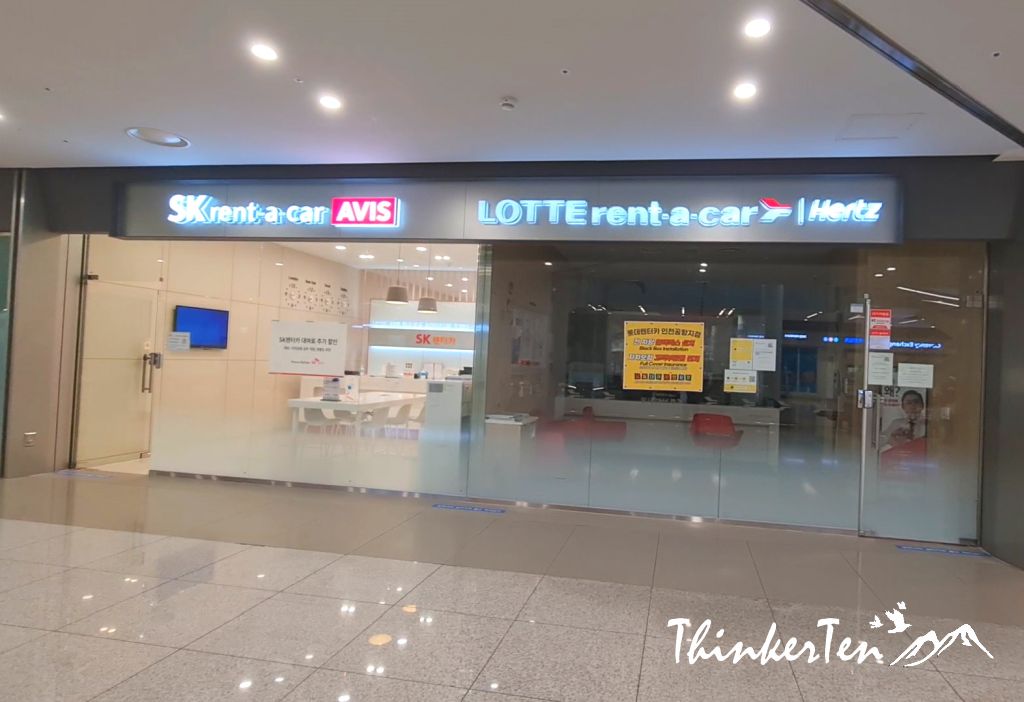
Parking:
Parking facilities are readily available in South Korea, but they can be limited in busy city centers. Major attractions, hotels, and shopping malls usually have dedicated parking areas. We tried to find a hotel that has a car park. Most of our hotel comes with a free carpark overnight.

Toll Roads:
South Korea has an extensive network of toll roads connecting different regions. The fees vary depending on the distance traveled, and tolls can be paid in cash or through electronic toll collection systems like Hi-pass. Our rental car does not come with a Hi-pass, well the staff told us we can get it in the convenience store if we want one. Unlike in Japan, car rental will ask if you need an ETC (Electronic Toll Card) to be inserted into your car. ETC in Japan is a postpaid card, the car rental company will itemize all the toll roads that you used when you return the car to them.

Anyway, we didn’t get Hi pass in Korea and just paid cash or use a credit card but we did encounter some issues. Many of the toll gates have no staff in the booth and if the machine does not issue a ticket and the car behind you start honking, don’t panic, just move but remember where you come in. When you are exiting the highway and you don’t have a ticket, just tell the cashier the place you come in from. If the exit booth also has no cashier, don’t worry. You will be charged to your credit card 2-3 weeks after you arrived in your home country. The good news is there will not be any penalty and toll rates are on the low side. We have passed through some toll gates without paying and got charged on the credit card without any penalty. The toll charge in Japan is a lot higher than in Korea.

Many of the signs are written both in English and Korean but in the countryside many road signs are written in Korean only. The highway signs to exit for major cities usually come in English.
Petrol station
How to fill in petrol at the gas station? Well, most self-serve machines are in Korean language but there is always a guy sitting in the office. Go get the man and he will fill up for you. 2 types, gasoline or diesel. Our rental car is gasoline, you can either pay cash or card. Petrol is a lot cheaper than in Singapore. We have 2 pumps for our 8-day self-drive, the first time we paid cash 50,000 won and it is almost full. The second time we pay a credit card and request the guy to help us to pump full. Please note that when you fill up full petrol with a credit card, gas stations often place a temporary hold on your credit card for an amount slightly higher than the actual purchase. This is done to ensure that you have sufficient funds to cover any additional charges, such as potential damages or additional services. The excess amount is typically released shortly after the transaction is completed, and you should only be charged for the actual amount of petrol you purchased. So don’t be alarmed by the extra 100 dollars charged to your credit card, you get refunded after 1-2 weeks time.

9 Day South Korea Self Drive itinerary
Day 1 SOUTH KOREA SELF DRIVE – FIRST CITY TO EXPLORE IS SUWON

- Singapore to Incheon Airport, pick up the car at the airport.
- Drive to Suwon (less than 2 hours)
- Major attractions: Hwaseong Fortress, Paldalmun Gate, Haenggung Palace
- Food to try in Suwon: Suwon naengmyeon, Korean BBQ beef
- Where we stay? Symphony Hotel comes with free parking and breakfast is included

Day 2 SOUTH KOREA SELF DRIVE – DAY 2 BUYEO

- Suwon to Buyeo (2-3 hours)
- Places to visit :
- Baekje Royal Tombs in Neungsan-ri
- Baekje Culture Land
- Buyeo Ginseng Museum
- Naseong Fortress Wall
- Seongheungsan Mountain Tree Of Love
- Mansusan Mountain Muryangsa Temple
- Seodongyo Theme Park

- Five-story Stone Pagoda at Jeongnimsa Temple Site
- Lotte Outlets
- Driving from Buyeo to Jeonju ( 1-1.5hr).
- Nambu Night Market in Jeonju
- Where to stay in Jeonju? N Bridge Hotel free parking lot but no breakfast

Day 2 & 3 SOUTH KOREA JEONJU SELF DRIVE – HANOK VILLAGE AND MORE!

- Hanok Village
- Jeondong Catholic Church
- Jeonjuhyanggyo Confucian School
- Nambu Night Market in Jeonju
- Maisan mountain

- What to eat in Jeonju
- Bibimbap
Kongnamul Gukbap
Jeonju Makgeolli
Jeonju Choco Pie
Jeonju Mandu - Where to stay in Jeonju? N Bridge Hotel free parking lot but no breakfast

Day 4 & 5 SELF DRIVE IN SOUTH KOREA – GYEONGJU

- Jeonju to Gyeongju ( 2-3 hrs)
- Korean Highway rest area for early lunch
- Top places to visit:
- Bulguksa Temple
- Seokguram Grotto
- Cheomseongdae Observatory
- Anapji Pond
- Gyeongju National Museum
- Tumuli Park
- Yangdong Folk Village
- Iconic food: Gyeongju Coin pancake
- What we like: Milmyeon
- Visit Korean Supermarket
- Where to stay: GG Hotel Gyeongju free parking and simple breakfast included
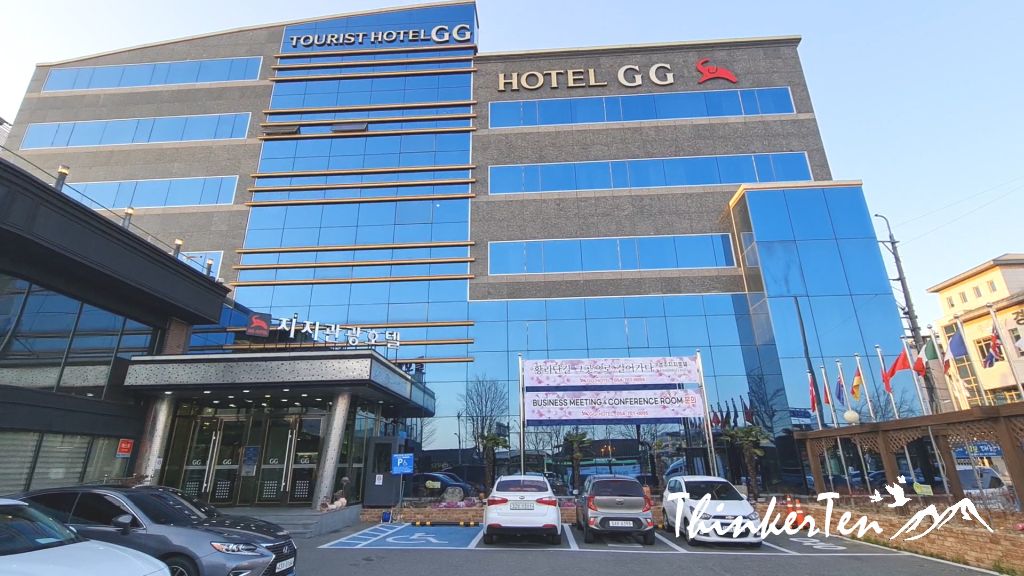

- Gyeongju to Andong (1.5 to 2 hours)
- Top places to visit:
- Hahoe Folk Village
- Andong Confucian School Dosan Seowon
- Andong famous local cuisine :Andong Jjimdak and the fish, right outside Hahoe Folk Village
- Where to stay in Andong? CM Park Hotel Andong


- Andong to Danyang (1-2 hours)
- Top places to visit:
- Gusu Cave
Mancheonha Skywalk
Chungjuho Lake cruise
Danyang Town center
Danyang Aquarium
Danyang Bridge light up

- Where to stay? Sono Moon Hotel Danyang free parking but no breakfast

Day 8 Korean Folk Village and Incheon

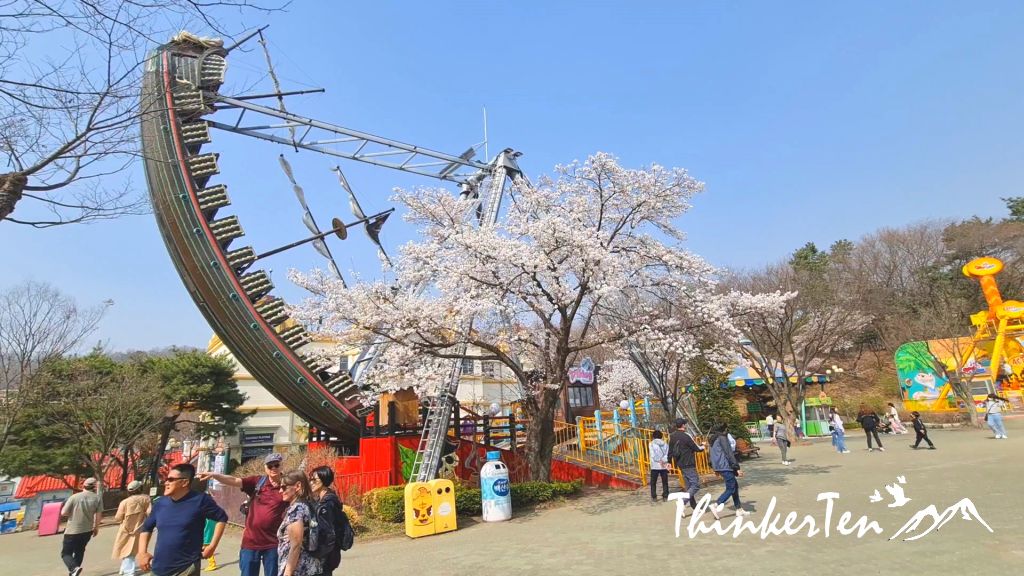
- Danyang to Korean Folk Village (2 hours)
- Incheon Chinatown

- Where to stay? Days Hotel & Suites by Wyndham Incheon Airport, Incheon

What we eat in South Korea!
Suwon BBQ Beef 1 kg for 50 000 won only (SGD50)

Suwon naengmyeon

Kimchee dumpling
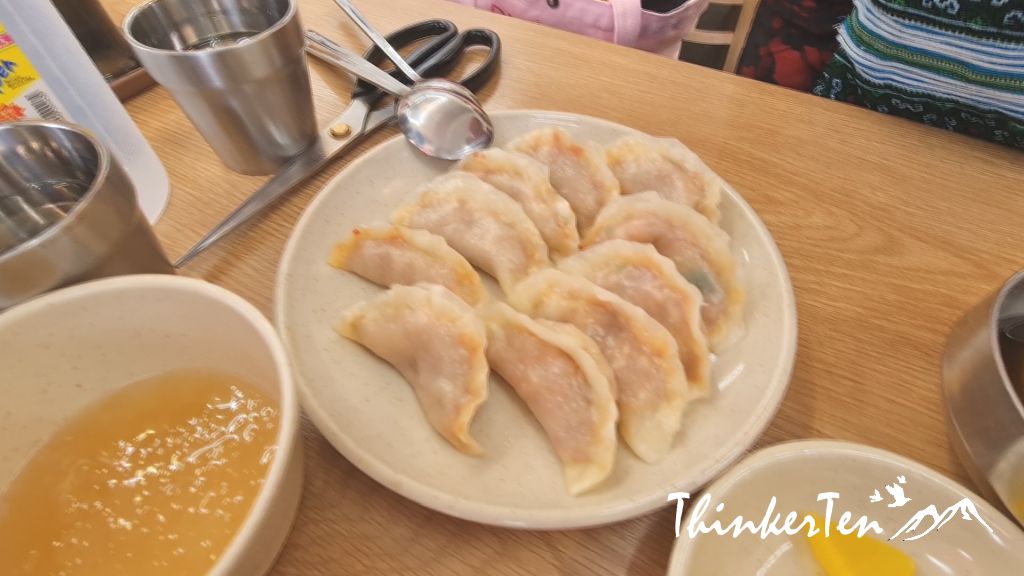 Bibimbap
Bibimbap

Fish Bone Soup

Hot Chili Fish Roe Soup

Night Market Street Food


Hanok Village Street Food

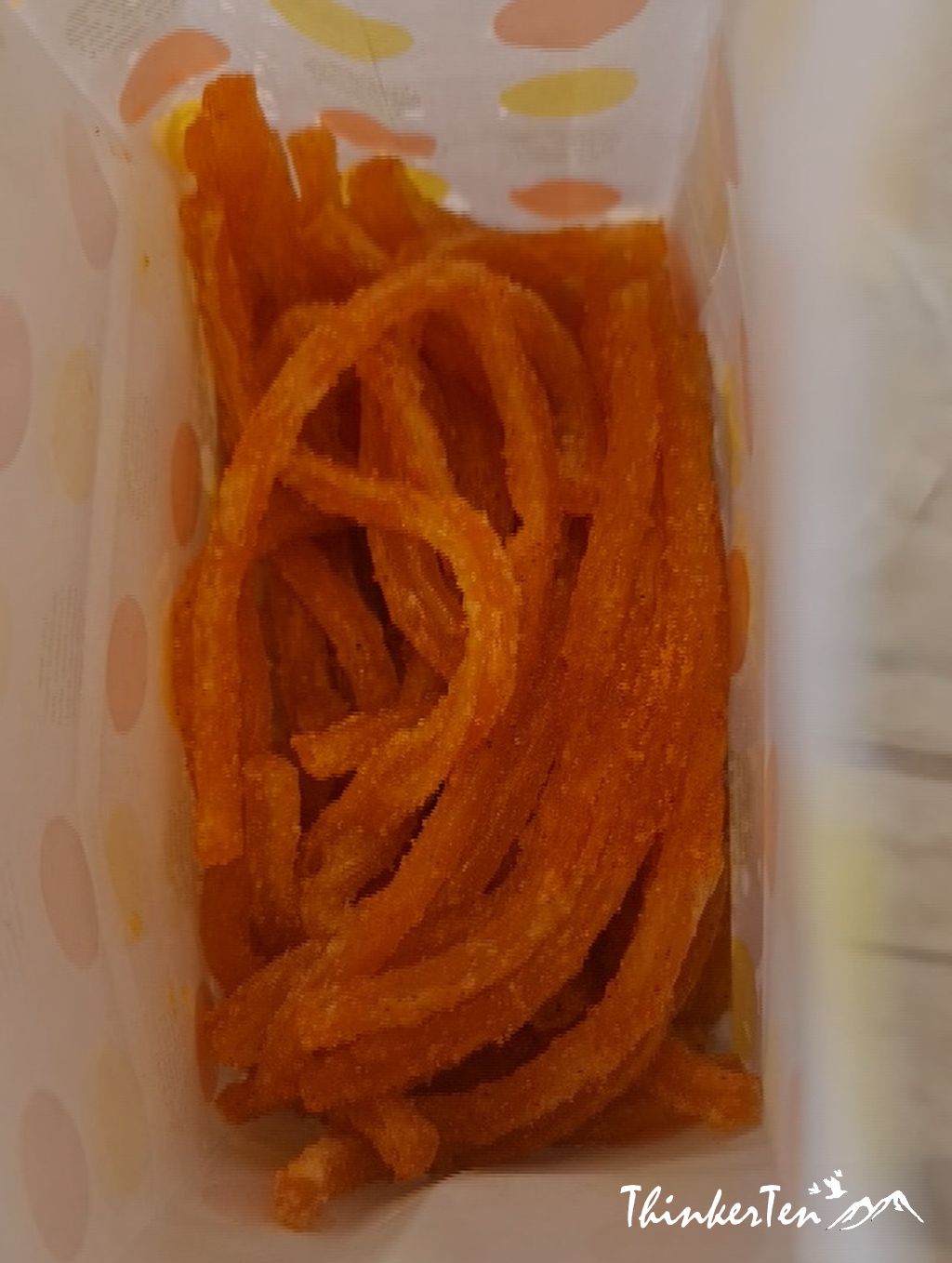
Beef pancakes
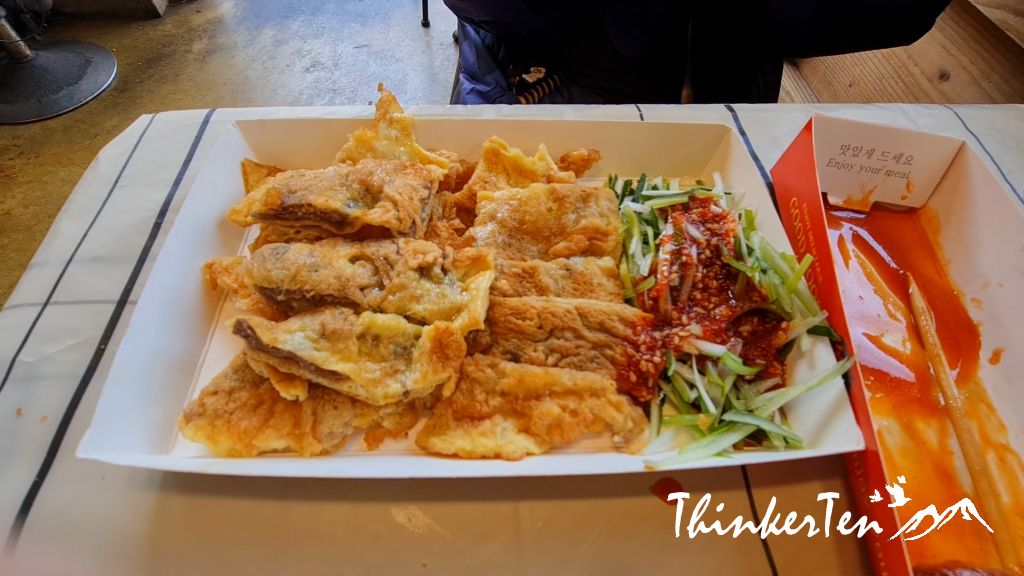
Pork Bone Soup Gamjatang

Gyeongju Coin pancake

Highway Rest Area
Jjajangmyeon and Ramen with cheese and Hot seafood pot

Korean Raw Beef
But we asked them to cook the raw beef for use because we can’t take raw beef

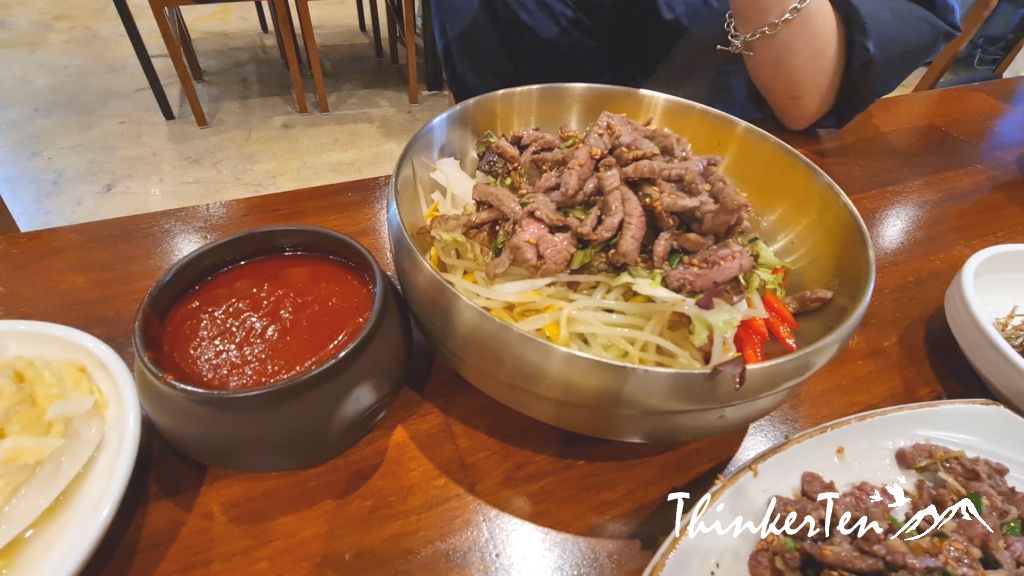
Fusion Beef Don

Fusion Mala Noodles

Milmyeon

Andong Jjimdak and Fish set

Andong Pork BBQ

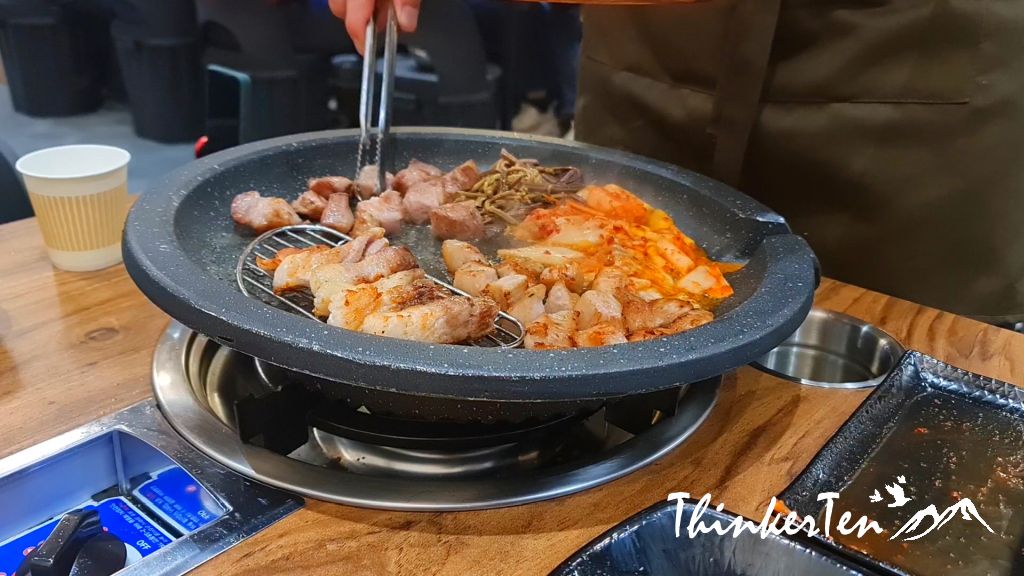
Cold Noodles

Ginseng Meal in Danyang


Danyang Beef BBQ
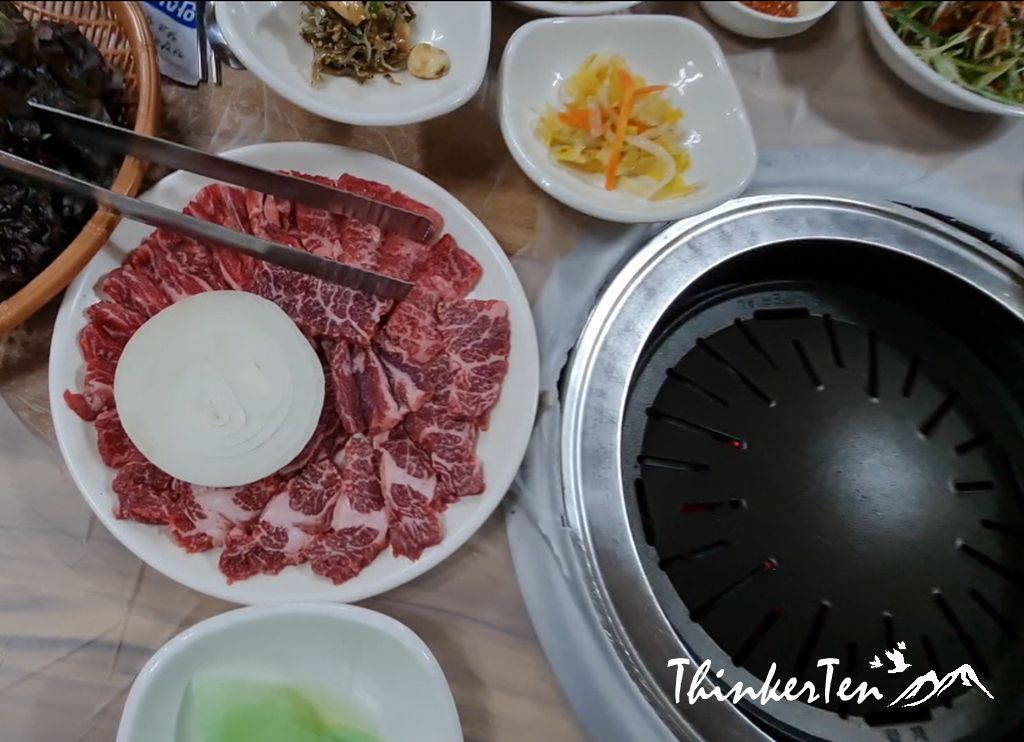
Folk Village cockle hot pot

Folk Village Spicy Cold Noodle

Folk Village Bibimbap


Chinese Korean in Incheon Chinatown
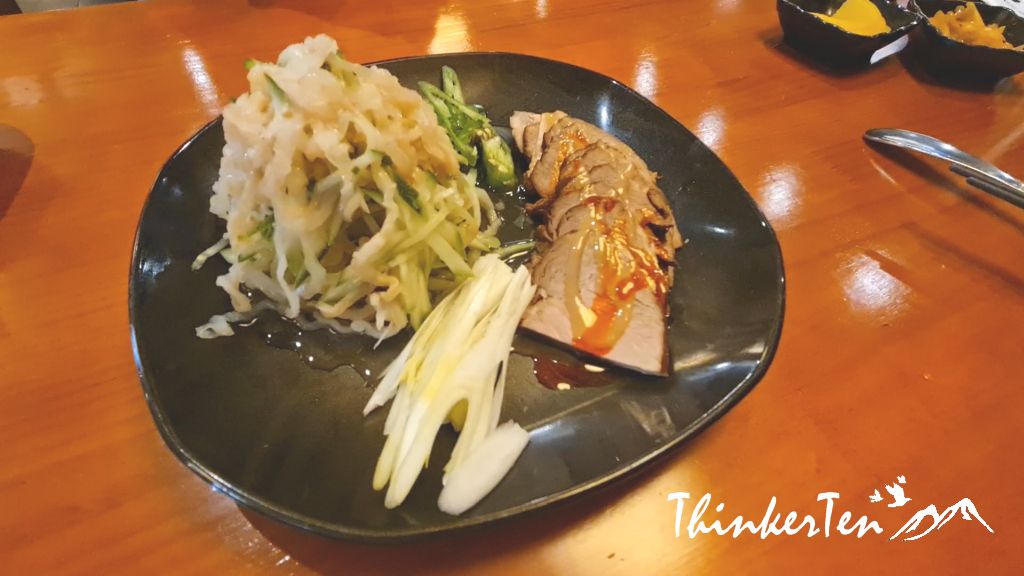
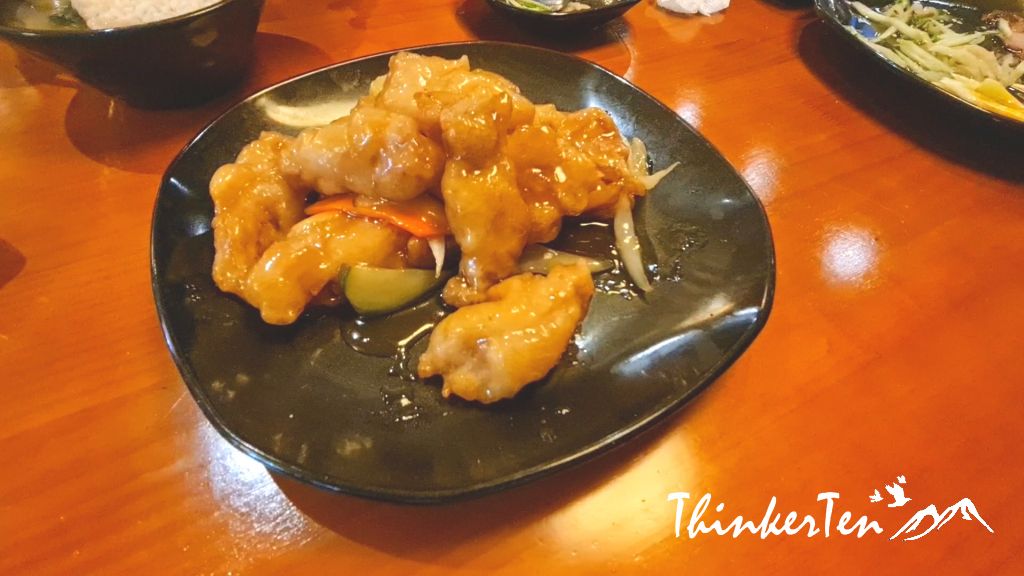




Korean Supermarket
Visiting the local supermarket is one of the things we always look forward to. You get to see authentic Korean Products at affordable local prices. Supermarkets can provide valuable insights into the daily lives and food preferences of the locals. You can also get the souvenirs and gift items back home.

Overall, visiting a Korean supermarket while traveling in Korea can enhance your cultural experience, provide you with unique food items, and offer a glimpse into the daily lives of the locals. It’s an excellent way to explore Korean cuisine, find souvenirs, and satisfy your culinary curiosities.


Korean Highway Rest Area
The rest area on the Korean highway is not as fancy as the one we saw in the Japanese highway rest area. But it offers basic facilities such as a food canteen, toilet, and a few shops. Snacks sold here are a bit expensive as compared to the ones in the convenience store.
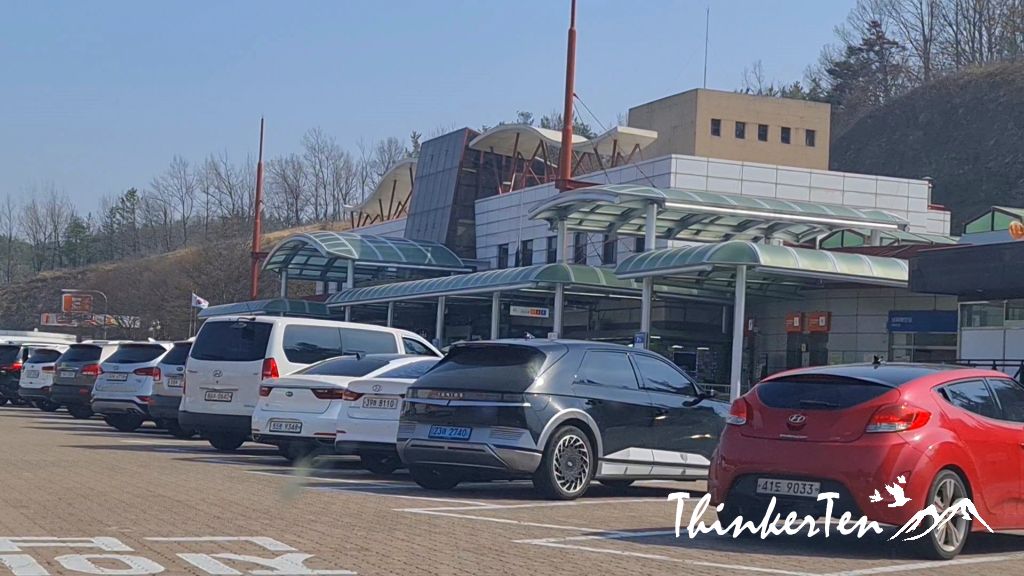

Final thoughts
Driving with a rental car to explore South Korea has given me another perspective on this beautiful country. I get to see places outside of Seoul, which is less hectic.


